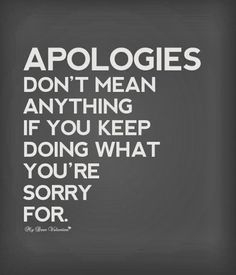I attended the SmartBrief STEM Pathways event on Thursday, October 20th. The format at the event was speakers, followed by smaller group discussions on STEM versus STEAM, student motivation, teacher retention & pathways. As we were recapping the event and having final questions & answer, I was thinking about how far we have come in education & business from early childhood learning. Learning new things is inherently messy. Learning to ride a bike often involves falling, as does climbing trees, or the monkey bars. Cooking or baking involves making messes and even making things that don’t taste good. Even earlier activities like attempting to put shapes in the correct shaped holes, or stacking blocks result in “stuck” toys or toppling towers. But learning in our classrooms as children, or our work environment as adults are expected to be orderly. We are expected to sit quietly, raise our hands & follow the established systems.
Are we doing ourselves and the next generation a disadvantage by limiting the time we have to get messy? Conversations in education reform are heavily focused around “STEM education”, but what does that really mean? If you consider STEM as a mindset, and our path to critical thinking and active curiosity, then it is more about giving our teachers the resources they need to target every kid, leveraging whatever it is that helps them engage in the process. Our focus on standardized testing and grades dampers the desire to try new things. The fear of any sort of failing, or movement away from the orderly, causes a discomfort. At the end of last year, my younger daughter was recommended fro Algebra 1 for her 8th grade math class. She also set herself a goal of making the all A honor roll all 4 quarters. Unfortunately, this was cause for a bit of a meltdown this week as her current math grade was a C, and she had a math test, and the end of the semester is approaching. She was putting so much pressure on herself for this next test, because she wanted to meet her goal. She was neglecting the fact that she was taking an advanced class, that was bound to be harder but she would not have been referred into the class, had her former teacher (and her parents) not believed she could do it.
In the same vane, there a quite a few conversations going on in organizational behavior about the fear of failure. The recent news about Wells Fargo and falsified accounts being created by sales people as a result of the unrealistic, intense goals set out by the organization is just another manifestation of the same stories behind Enron, wall street banks, etc. We have put such constraints around our employees and ourselves, that we lose that desire to challenge and be messy. We reinforce that sense of order initiated when we are told we need to start coloring inside the line, or it’s too old for you to still play with dolls.
There is a role for organization & cleanliness, but I encourage you all to make room for some messiness. It doesn’t matter whether it’s in the form of learning to cook something new, or taking on a new hobby or pushing the limits professionally. Give yourself that leeway, and make sure you give that same leeway to your employees.

 On Sunday, I got to represent
On Sunday, I got to represent 